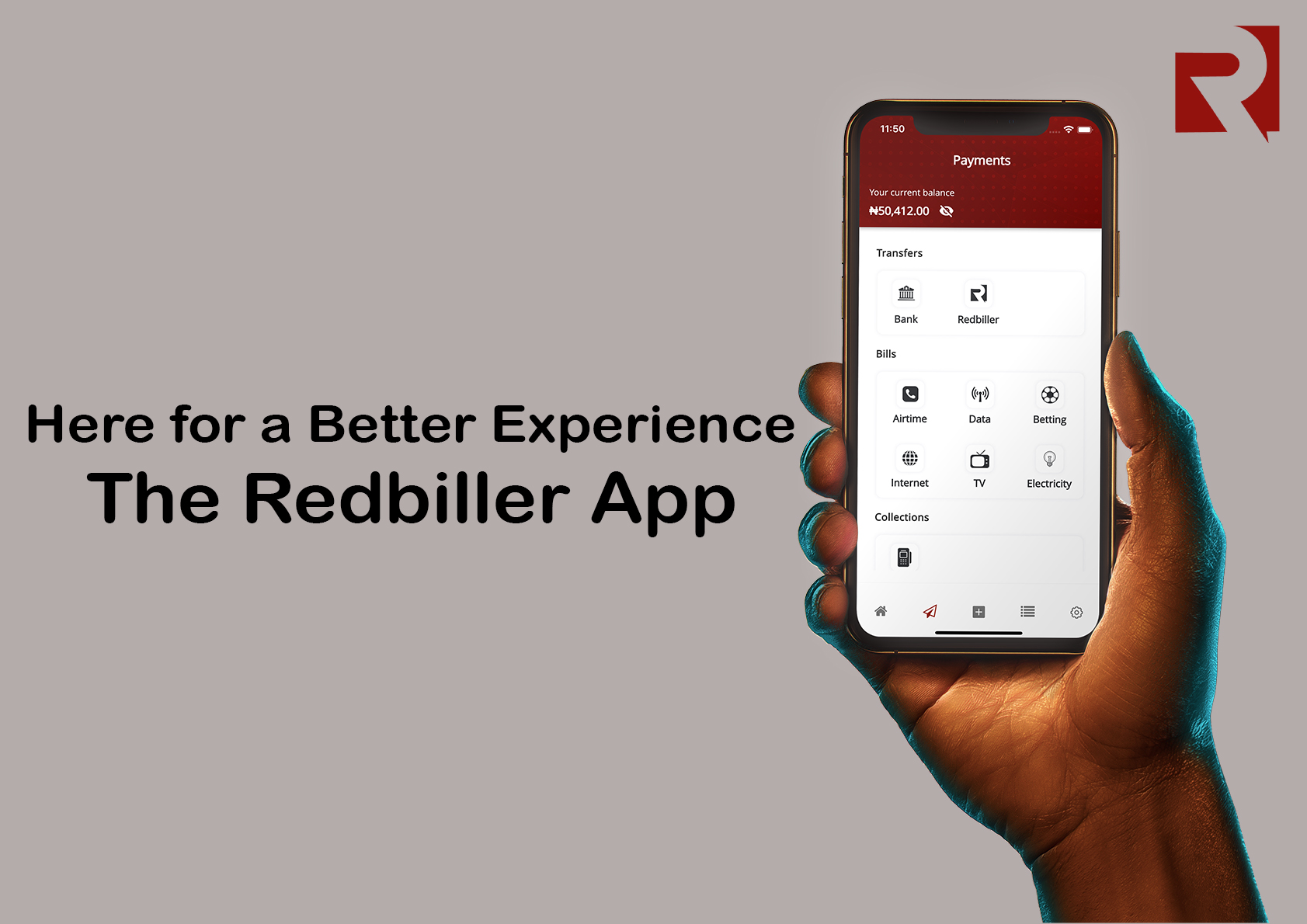Profit might be on your mind from the first minute of production. But, Pricing, which comes last, is what guarantees you that profit. Well, unless, of course, you are "doing it for the people", not profit. Either way, you don't want to run into a loss. And you must give this process the right amount of attention to keep your business afloat.
One of the first things one must consider is that Pricing is a Process, a flexible process that should come under review from time to time. It is not just a decision you take on a whim. A good product can keep attracting consumers, but so does a good price. While consumers will keep demanding, it is possible not to be able to continue production because the company cannot afford to fund the production.
Pricing is the process of establishing value for a product or service. It is important not to mistake Price with Cost. Although they are often used interchangeably, as a business owner, you must learn to distinguish both. The cost can also be price and vice, depending on who is handling the product or service. A factory's price is a wholesaler's cost, and the wholesaler's price is the retailer's cost. In this example, we see how the same amount in the hands of different agents, mean different things.
For you, as a business owner, you should not just put a number on your goods/services. Rather, carefully consider the production and market factors of your product, and how you can use them to your advantage in setting your price.
While many strategies can be employed for determining a price, they all have their root in the three main divisions of the pricing approach.
Cost-Based Pricing
This pricing is based on the cost of the product or service, which is the total investment made in the production of the product or enabling the service. It is the cost of production plus a percentage that can cater for the cost of running the business, managing assets, and making more investment. Cost-based pricing uses the cost of production as its primary determinant and the price changes as the cost of production changes.
Competitive Pricing
This pricing is based on what is obtainable in the market. In setting the price, the price competitors make the same product or service available, is the primary determinant. While this doesn't mean selling at the same price as the competitors, the price should be within the same range. A bit lower or higher if you have something to leverage on. Price reviews follow competitors prices. The key is to make sure your product or service is not too expensive that it is no longer an option to be considered, or too cheap that you are not making as much profit as the market allows, and you are running into loss.
Demand-Based Pricing
As the name implies, this pricing is influenced by the law of demand and supply. The higher the demand, the higher the price and the lower the demand, the lower the price. However, in the case of low demand, there has to be a limit. Prices should not go so low that the seller or service provider then begins to run at loss. This pricing is more flexible than the first two, as several factors affect demand - time, season, weather, innovations, etc.
Sellers and Service providers have to learn to use periods of high demand to maximise profit, while not extorting people. It can make people begin to resent the seller for having to pay outrageous rates because of the high demand. What happens is that they unconsciously blacklist the seller/service provider in their mind. When competitors then arise, they switch fast and remain like that. Even forgetting that product is an option.
Whichever pricing strategy you go for, you must have the formula to keep you in check. You must understand that your goals as a seller/ service provider are unique. You can't have the same as your competitor, even though there is a common goal to dominate the market, be the biggest. Your target to be used by every household should play a part in setting an affordable price at all times. Your goal to build another factory and increase production capacity should have a place in setting your price. Ask yourself what you want to do, what you want to communicate, what you want to build. And always remember to put your customers at the centre of your pricing consideration.
At Redbiller, we hold our customers very dear, and we love to see them grow as a business while making the good profits they deserve. This is obvious in our prices. You can do business with us knowing that we’ve got you, always. Click here to see the Redbiller pricing - https://redbiller.com/pricing - You can also use our calculator to calculate our standard pricing for each service.



